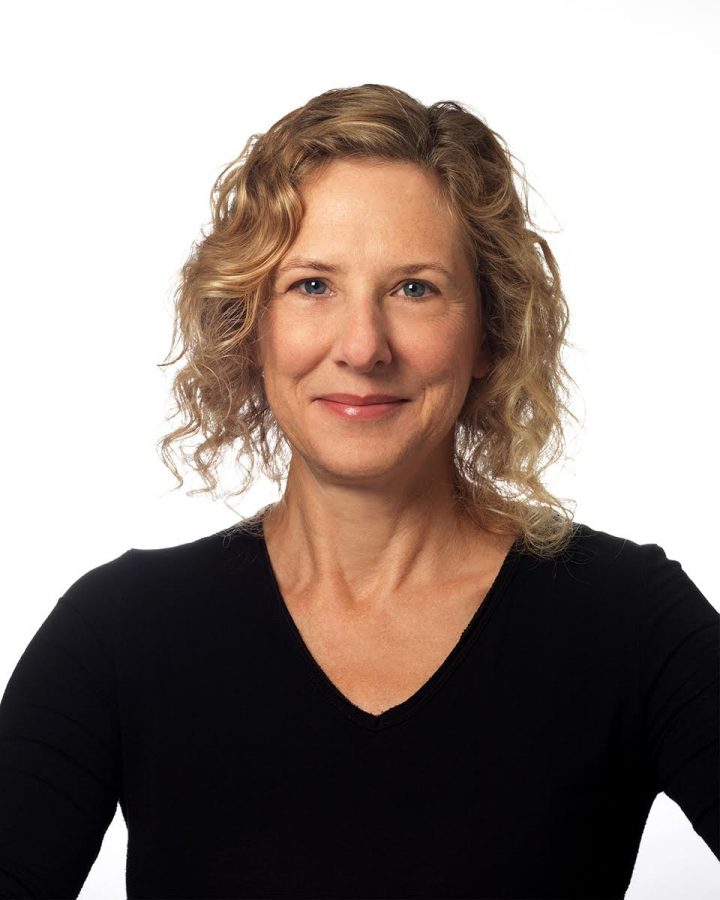Women to illustrate challenges in design field
March 6, 2017
To bring together a sense of community and empowerment, American Institute of Graphic Arts Chicago will be hosting a panel titled “Women in Design: Leading with Intent and Integrity” on International Women’s Day.
The March 8 event, created to spark conversations about the issues women face in the graphic design field, will be held at Morningstar Inc., 22 W. Washington St., and will feature a panel discussion with two women from different sections of the graphics industry.
“We’re introducing this to the AIGA design community to start the conversation about what women bring to the table and the inequities with being a woman in design,” said Marissa Strassel, a member of the Women Lead Initiative of AIGA.
Speakers Nikki Juen and Tereasa Surratt have different perspectives on the graphic design field that reflect Juen’s experience as an educator and Surratt’s as a creative director at a global advertising agency.
“They work in two different spaces, but many of the issues they’re facing are the same,” Strassel said.
According to moderator Susan Bennett, executive creative director at Simple Truth, a branding, marketing and communications firm, The panel will cover four main topics: inclusion of women, comparing themselves with another, what leadership means, aspects of the speakers’ lives as designers and gender dynamics in the workplace.
“We’re going to be talking about different ways to empower women in creative fields and our own life hacks,” Surratt, global group creative director at Ogilvy & Mather, said. “[We’re discussing] how we manage a work life as working mothers and as women in a male-dominated industry.”
The idea for the evening came from roundtable conversations with designers, Strassel said. The Women Lead Initiative has been working with women graphic designers around the city to find out their core concerns about the field through discussions that touched on everything including workplace culture, to pay inequity and ageism. Because of the overwhelming amount of issues, the first action was the panel discussion, she added.
“I felt like we had moved beyond some of the sexism overtly going on now,” Bennett said. “It’s important to [assess] where we are now and make sure that we don’t let this [sexism] continue.”
One of the most prevalent issues Strassel said she has seen in her career is the lack of representation of women at senior levels in graphic design. While at school, the male-to-female ratio was half-and-half, she added, but now at the higher level, that number has severely decreased.
“Why are women leaving the design industry?” Strassel asked. “Why aren’t they getting the same opportunities as men; what happened to all those women?”
Surratt said the simple way to fix the issue of lack of representation is to hire women. When businesses are looking to hire anyone from a filmmaker to a photographer, they should look at the roster to find women.
“The majority of women are buying products, and yet it’s the men selling products,” Surratt said. “It is illogical.”








